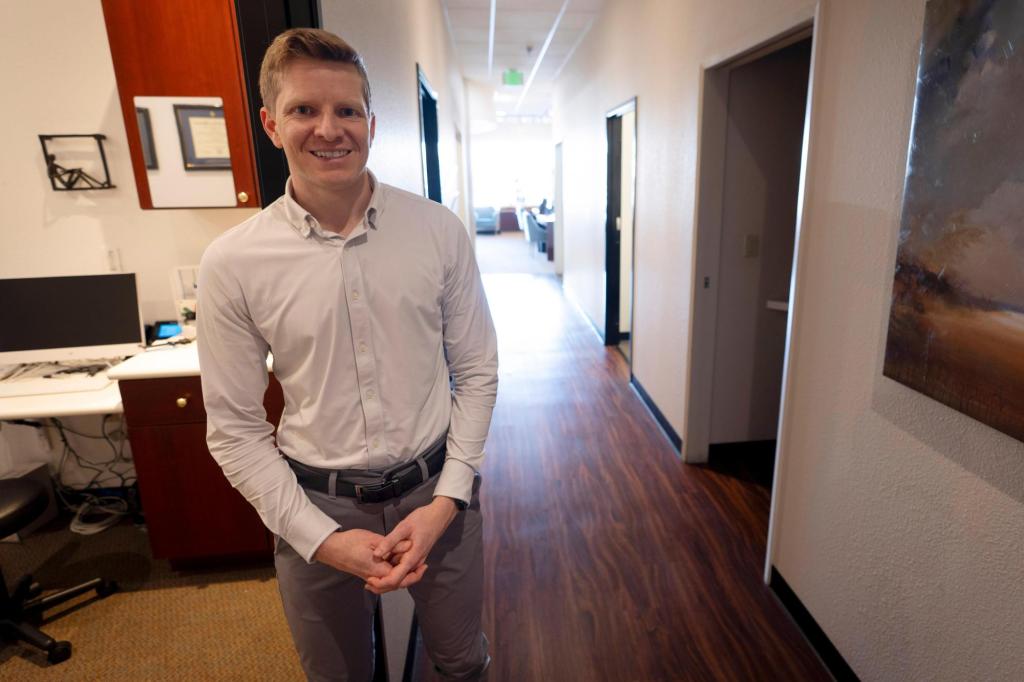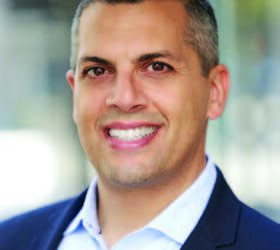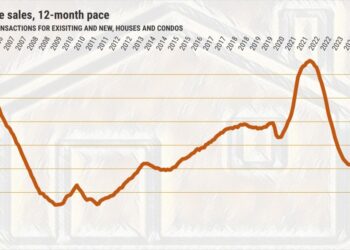By Adam Beam | The Associated Press
When Hunter Morgan bought an optometry practice in Southern California three years ago, one of the first things he did was start seeing patients who use Medicaid, the government-funded health insurance program for low-income people.
The previous owners had not accepted patients on Medicaid, which covers roughly a third of California’s 39 million residents. But Morgan felt he had a responsibility to serve people in need.
Just five months later, Morgan said, he had to stop treating Medicaid patients because of the paltry pay. He charges $175 for eye exams, but the most he could get from Medicaid was about $40. That made it difficult to pay his staff and pricey rent in the upscale beach community of Encinitas, 25 miles (40 kilometers) north of San Diego.
“We couldn’t function that way,” he said.
California Gov. Gavin Newsom and his Democratic allies in the state Legislature have greatly increased the number of people on Medicaid, including all eligible adults in the state who are in the country without legal permission. But while California’s Medicaid now covers about 15 million people, the rates it pays to doctors have not kept up.
It has contributed to a crisis at some rural hospitals, some of which needed an emergency loan from the state Legislature last year to keep from closing. And it has made it harder for people enrolled in Medicaid to find doctors willing to treat them, forcing some to drive long distances to seek care.
Health care providers have been clamoring for California’s Medicaid program, known as Medi-Cal, to pay them more. But California doesn’t have extra money thanks to back-to-back multibillion-dollar budget deficits. To pay doctors more, Newsom and the state Legislature chose to raise taxes — but not in the way you might think.
Just about every state taxes entities such as hospitals, nursing homes and ambulances to help pay for their share of Medicaid. Since 2005, California has taxed…
Read the full article here







